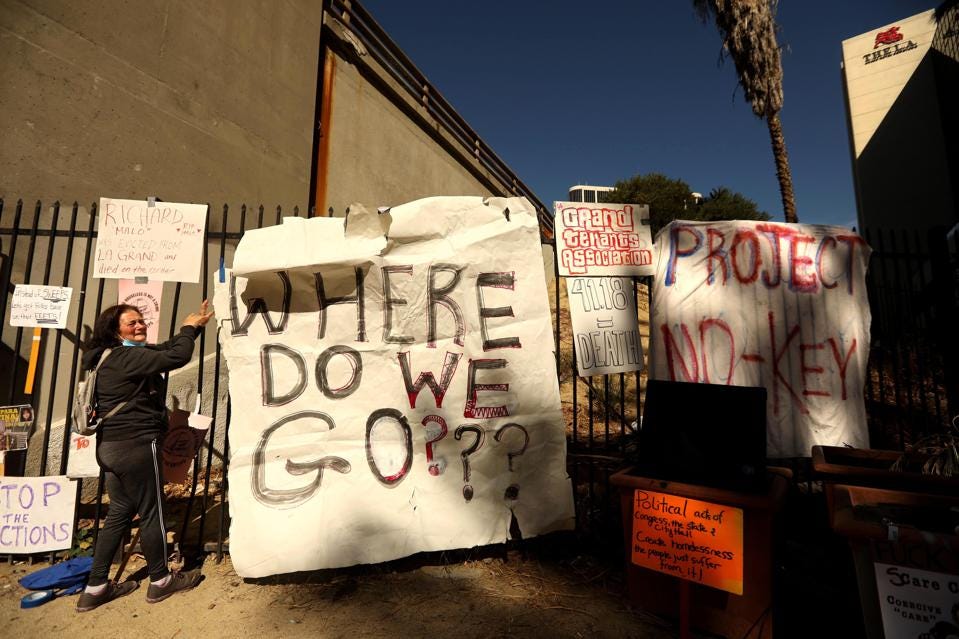Published by Forbes.com | January 25, 2023
A set of principles may be good in concept, but they don’t come close to addressing the big problems of skyrocketed rents or the imbalance of power between landlords and tenants.
The Biden administration released its promised game plan to “protect renters and promote rental affordability.” The accompanying White House Blueprint for a Renters Bill of Rights sounds good but doesn’t have any actual force of law behind it, as the long legal disclaimer at the beginning makes clear.
According to government figures, 44 million households rent their homes. Most see the pressure they are under. People who own a home, if they bought before the fall of 2021, probably have a relatively low interest rate on their mortgage, likely have a long-term loan that makes that aspect of ownership stable and predictable in cost.
Renters have no such promise. One of the financial principles for those who invest in real estate is to raise rents over time, because that increases their annual income and also the ultimate value of the property. (By the way, while large corporations own about 45% of apartment units as of 2018, according to Pew Research, individuals and non-profits own the rest.)
Those rents keep going up, even if there is rent control, which typically moderates the increases. But during the pandemic, they began to rise as if powered by a rocket.
Although there was a slight downturn in part of the Great Recession, it has been an inexorable climb that sped up during the pandemic, as the increased steepness of the line shows. Also, it’s important to remember that every increase is on top of the previous high mark of rents. They get bigger and bigger.
Also getting larger every single year is the cost of living. Shelter costs are about a third of the Consumer Price Index, otherwise known as inflation, as the Brookings Institution, among others, notes. Rent has become a giant lever of pain for millions of people who often are in the worst position to bear up under it.


